How to minimise machinery workplace accidents
Tips to keep your workers safe when operating machinery
In this article, you’ll learn about the most common injuries caused by machinery in the workplace, and the responsibilities of employers and employees to minimise risks – as provided for in the Provision and Use of Work Equipment Regulations 1998 (PUWER).
When do the regulations apply?
PUWER applies to all equipment supplied by the employer in the workplace. Crucially, it also applies to equipment that the employer allows the employee to use. Therefore, you will need to ensure that an employee’s own equipment complies with PUWER. For the sake of PUWER, workplaces that are covered by the regulations include all those where the Health and Safety at Work Act 1974 applies – including factories, offices, shops, construction sites, hotels, offshore installations, etc.
What types of injuries are caused by machinery?
Common injuries caused by workplace machinery include:
- Amputation
- Crushing
- Electric shock
- Hearing loss
- Broken limbs
- Cuts and abrasions
- Burns
Machinery causes such injuries by:
- Cutting
- Shearing
- Puncturing
- Tearing
- Stretching
- Entangling
- Burning
Why does machinery cause injuries?
Evidence as to why machinery so often causes injuries is readily available in the HSE news pages. At the time of writing this article, seven of the first 10 press releases detail fines handed out to employers because of injuries or deaths caused by machinery in the workplace – all of which could have been avoided.
Typically, reasons why machinery causes injuries include:
- Inadequate or no guarding on machines
- Guards not properly fastened or removed for maintenance
- Opening in guards that allow operators to put their hands into the machine
- Interlocked guards that open while the machine is running
- Mechanisms from switches have been removed
- Single-light beam safeguards have been switched off
- Ineffective power isolation systems
All of the above are mechanical deficiencies, and many of them are perpetrated by the employer or employee. Worryingly, accidents caused by such inadequacies are commonplace. Fortunately, there are strategies an employer can put in place to minimise the risks of accidents in the workplace caused by machinery.
How can employers minimise machinery accidents in the workplace?
The best way to deal with risks of injury in the workplace is to manage the hazard that causes the risks. The key is to first identify all machinery hazards and conduct health and safety risk assessments. You should then seek ways to eliminate the risk (e.g. ensuring guards are fitted, checked and used correctly), and if this isn’t possible, then to minimise the risk. Strategies to minimise risks include:
- Ensuring safe working practices are used
- Training of employees in machinery use and health and safety issues
- Using PPE to help protect against risks
- Monitoring employees for adherence to health and safety at work and operational processes
The employer’s responsibility for the use of machinery
As an employer, PUWER places many responsibilities on you for the health and safety of your employees and others when either using machinery or in an area where machinery is being used. You will need to ensure (as far as is practicably possible) that you:
- Identify hazards and risks and manage them
- Train employees so they can carry out their jobs safely
- Ensure work is carried out safely, and supervise employees when and if necessary
- Provide adequate personal protective equipment
- Ensure accidents are reported and investigated, and procedures are updated to help avoid similar accidents in the future
- Have procedures for dealing with emergencies
Training and supervision – a workplace obligation
If you don’t provide adequate training to employees who use machinery and they are injured while operating that machinery, it could cost you thousands in fines and a loss of productivity due to absenteeism (plus a hit to your reputation as a business and employer). For example, in 2017, a Birmingham-based packaging company was fined £100,000 for a lack of guarding on a machine and a lack of training and supervision which led to an accident in which the operator had two fingers partially amputated.
Training on machinery must include:
- Explanation of actual and potential hazards associated with the machinery
- Safety precautions that must be taken
- Health and safety processes and procedures
The employee should be able to show that he or she can:
- Check and adjust the machine before operating it
- Stop and start the machine
- Recognise faults
- Correctly use and adjust machine guards
- Use all machine controls
In addition, the employer must:
- Have an inspection and maintenance regime in place, with work carried out by a competent person
- Take reasonable precautions to ensure that the machinery has stopped when maintenance or cleaning is carried out
- Ensure that any modifications made are completed by a competent person, and validated to meet set standards
The employee’s responsibility for the use of machinery
The employee also has health and safety responsibilities when using machinery. These responsibilities include:
- Their own health and safety
- Not harming others because of their actions or omissions
- Complying with the employer’s procedures
- Identifying and reporting hazards
- Using all PPE as needed and stipulated by the employer
- Reporting any faults
In summary
Health and safety is a joint responsibility between employer and employee. However, the buck will always stop with the employer. To ensure you comply with current health and safety regulations and that your machine operators are not put at risk unnecessarily, you should:
- Carry out an inspection and audit of your workplace
- Conduct workplace risk assessments
- Provide health and safety training to your employees
Whatever your H&S needs, we can tailor our consultancy services accordingly to help ensure your employees stay safe and the risk of injury when operating machinery is fully minimised.
To learn more and discuss your specific requirements, contact Integral Safety Management today.
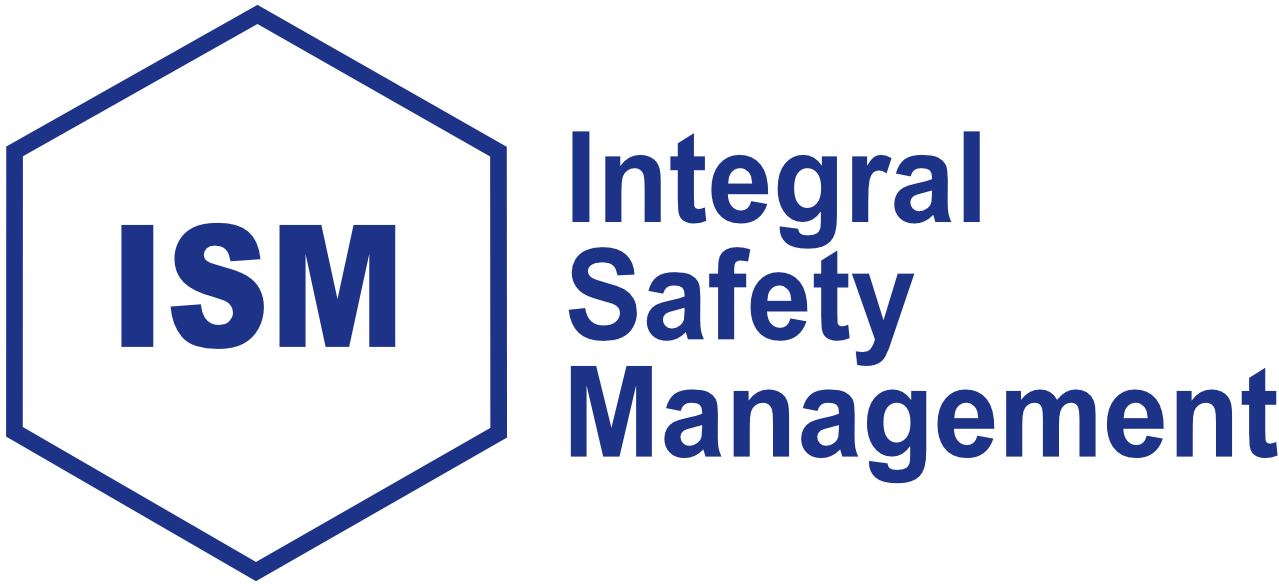
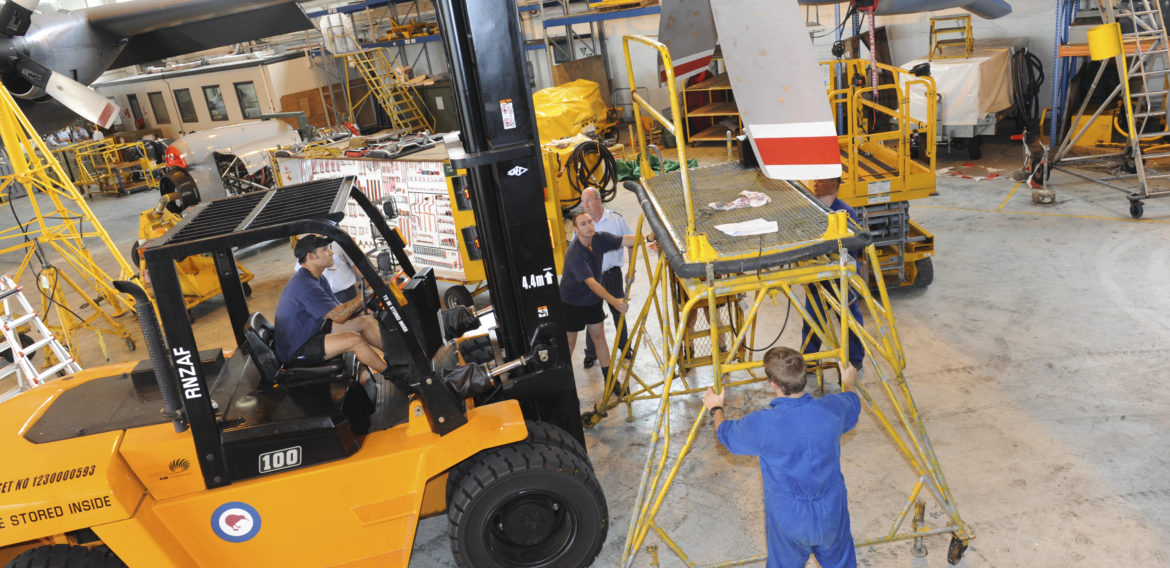
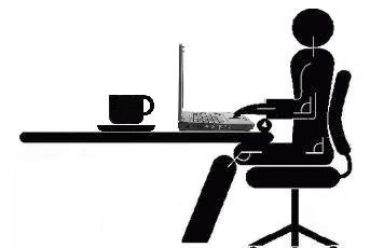
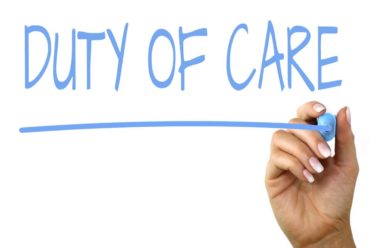
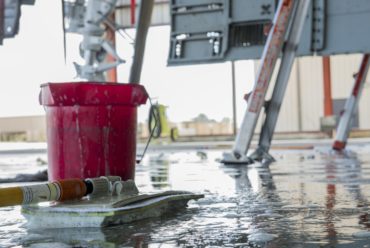
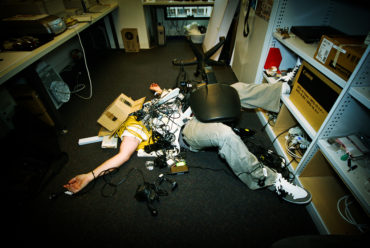
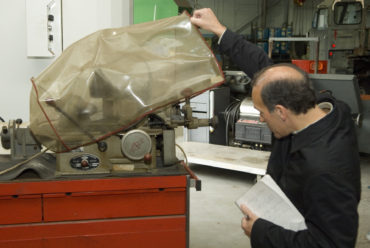
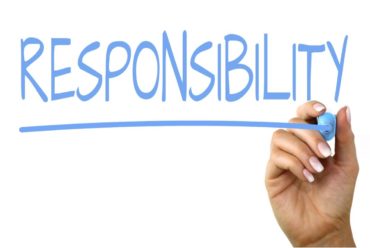
No Comments